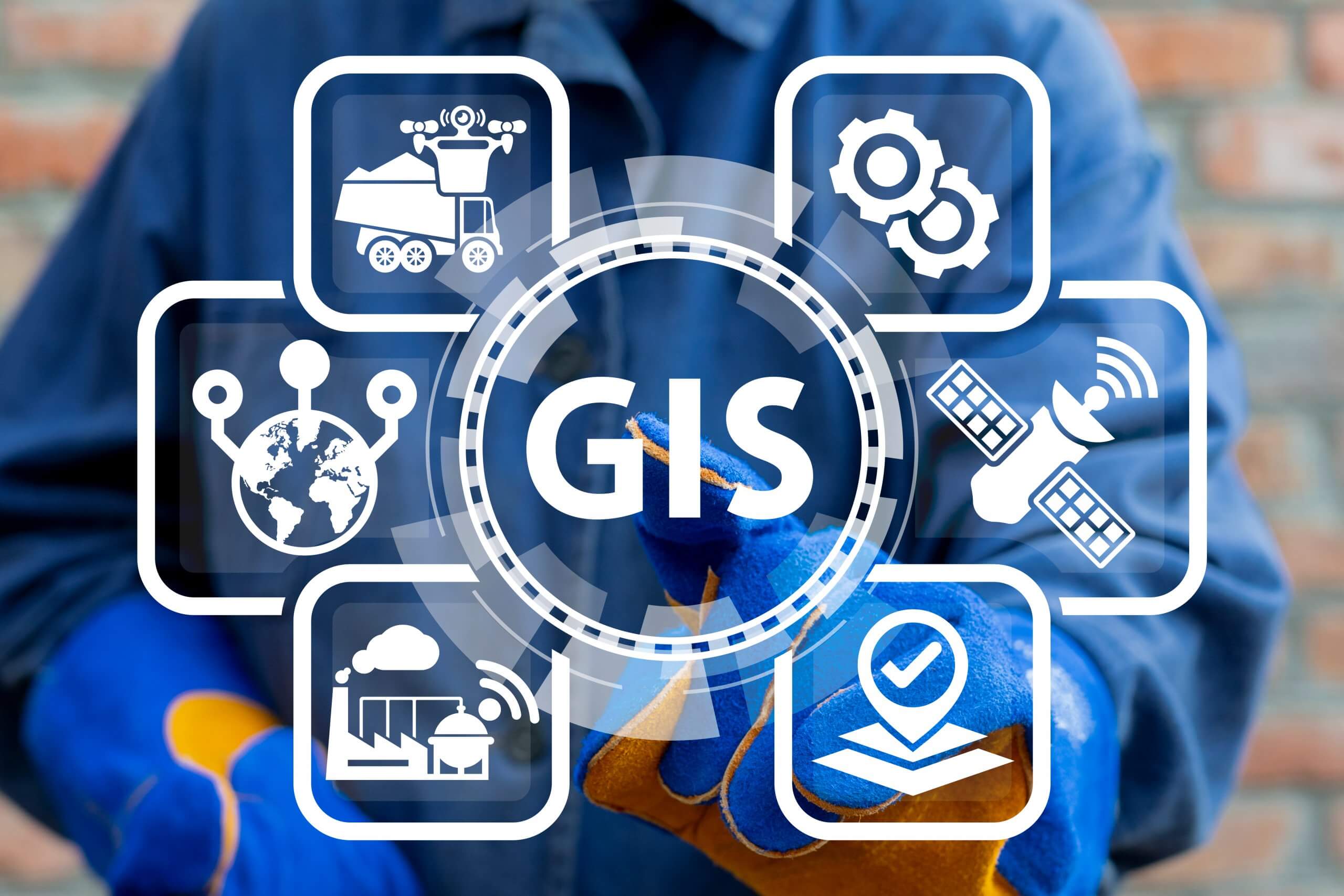
You may not realize it, but GIS (geographic information systems) technological advancements are mapping innovation that touches almost every aspect of your life. While you are going about your day, GIS mapping is working silently in the background, informing, and impacting everything that impacts you, from city management to agriculture. What is GIS mapping doing for you in your life? Here are some ways mapping, spatial analysis, and data visualization of GIS informs future decisions:
Urban Planning
City planning is expansive, ranging from zoning, water surveyance, healthcare, social services, and monitoring population growth. GIS technology helps planners and stakeholders understand the current needs of the city. It provides visualization for projects on the urban landscape. Everything from building placement, waste disposal, construction, and analyzing the needs of densely populated areas are influenced by streamlined access to GIS data.
Natural Resources
GIS tools assist in managing natural resources like forests, water bodies, and wildlife habitats. The geographic information allows individuals to make informed decisions about natural hazards and estimate damage that may occur in a disaster. Gathered data enables users to monitor environmental trends and conditions for the most vulnerable areas, such as those prone to flash floods and landslides (Ellipsis-Drive.com, n.d.). Heat maps can detail density, population, and land use. Other maps can show ecological conditions, such as pollution levels in real-time.
Public Health Management
GIS technology is applied in public health to map disease outbreaks, analyze healthcare accessibility, and plan for public health interventions. GIS tracked Ebola to coordinate response efforts, manage bed capacity, and site treatment centers. And GIS was, and is still, being used to map Covid-19 outbreaks. ESRI.com expressed that the effectiveness of GIS during the pandemic was not only local but also international.
“GIS use for COVID-19 has been the most comprehensive and effective one to date. The organizations that applied the geographic technology of GIS to COVID-19 ranged from local to international. The widespread use of GIS for COVID-19 response has demonstrated the power of geospatial thinking and the scalability, speed, and insight provided by GIS.” (Pratt, 2020)
Business Intelligence
GIS helps businesses analyze geographic data to make informed decisions. This includes location-based market analysis, site selection, and customer segmentation. Businesses can strategize by monitoring markets, assessing operational risks, and forecasting. Mapping visuals help maintain strategies, enhance decision-making, and save money and time. All data brought together by GIS allows for calculated smart decisions for businesses.
Transportation Planning
Imagine trying to find a new location without your GPS on your phone. GIS is now essential for travel in this day and age. GIS tools are used in transportation planning for mapping roads, and traffic patterns, and optimizing transportation routes. This real-time tool aids in improving traffic flow and reducing congestion. It aids in traffic analysis such as construction, accidents, and fleet management. Cities also use this data to identify areas where traffic can improve for overall smooth travel.
Agricultural Management
Factors such as soil health, crop yield, and weather patterns are essential for farm management. GIS technology supports precision agriculture by helping individuals spot trends and patterns for necessary changes (Sergieieva, 2022). GIS mapping allows for the monitoring and analysis of irrigation, plant disease, soil salinity, and pest infestation. Farmers can make well-informed decisions based on gathered data. Crops can be mapped, equipment and livestock can be tracked, and irrigation can be regulated all thanks to GIS technology.
Juniper Systems is a leading manufacturer of ultra-rugged tablets, handheld computers, GPS receivers, GIS mapping software, and field computing solutions. We offer easy-to-use mapping tools, including the Mesa® Rugged Tablets, Geode™ GNSS Receiver, and our Uinta™ Mapping Software. Visit our website to see how Juniper Systems’ rugged solutions meet all your mapping needs.
Sources:
Pratt, M. (Spring, 2020) GIS Systems Lead Response to COVID-19. ESRI.com. https://www.esri.com/about/newsroom/arcuser/gis-systems-lead-response-to-covid-19/#:~:text=The%20widespread%20use%20of%20GIS,in%20a%20common%20reference%20system.
Blog, Natural Resource Management using GIS Technology. (n.d.) Ellipsis-Drive.com. Retrieved 11/29/2023 from https://ellipsis-drive.com/blog/natural-resource-management-using-gis-technology/
Sergieieva, K. (2022, Dec. 15). GIS In Agriculture: Best Practices For AgriTech Leaders. EOS Data Analytics. https://eos.com/blog/gis-in-agriculture/#:~:text=The%20use%20of%20GIS%20in,technologies%20underpin%20collecting%20GIS%20data.

